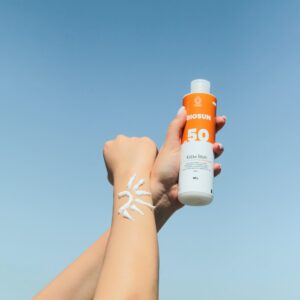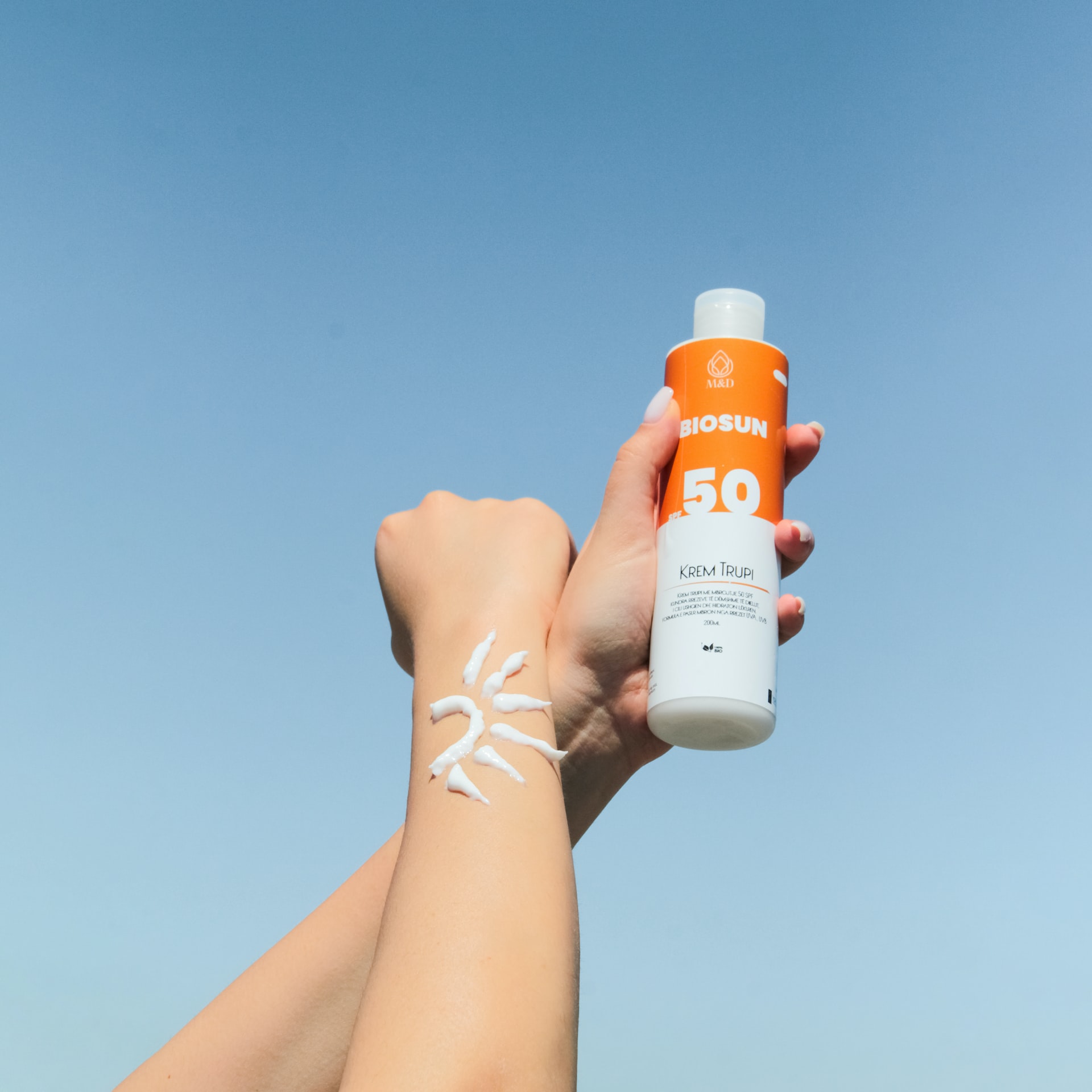
You aren’t wrong; it can be tough to feel confident you’re using a safe sunscreen. The Banana Boat recall of July 2022 is yet another reminder of the delicate balance between sun protection and a very different kind of exposure risk. The voluntary recall, which specified trace amounts of the carcinogen benzene, was focused on Banana Boat’s 30 SPF Hair and Scalp Defense product.
Before buying, learn what to look for on sunscreen labels to reduce your risk.
How To Choose A Safe Sunscreen
First, benzene is not an ingredient in Banana Boat sunscreens or those of other manufacturers. Its presence in the recalled product was attributed to the dispersal agent added to the packaging. Benzene is a common industrial chemical that the CDC has linked to several blood cancers, including leukemia.
To find the safest sunscreens, do your homework. EWG provides annual reports on the best sunscreens for various applications, from sports sunscreens to sunscreens for kids. Here’s a crash course.
Skip spray sunscreens.
As in the case of Banana Boat’s recall, spray sunscreens rely on dispersal ingredients that aren’t found in lotion-based sunscreens. Spray sunscreens have a few other downsides:
- Harder to apply evenly
- Inhalation risk that can damage lungs
- More unnecessary and inactive ingredients
SPF limits
Higher SPF ratings of 60 or more have not been shown to offer any additional benefits or protection. These high SPF ratings often give users a false sense of security. Be wary of manufacturers with SPF ratings of 50 and apply these sunscreens as often as you would any other type.
Watch For Oxybenzone
Roughly 15% of sunscreens on the market use oxybenzone as an active ingredient. Researchers have called for a more thorough investigation into this compound since 2008 after some studies linked the chemical to allergic reactions and the possibility of adverse effects on hormone levels. This is of greater concern to kids nearing or in puberty but could also disrupt endocrine function in adults.
Download the EWG Guide to Safer Sunscreens
The Safest Sunscreens
When possible, opt for lotion-based sunscreens that use titanium dioxide and/or zinc oxide as active ingredients. These two ingredients were proposed as safe and effective by the FDA in 2019, though the official classification of sunscreen ingredients has not been formalized.
Finally, remember that sunscreen isn’t enough. Avoid prolonged exposure to the sun, especially during peak UV times midday. Wear long sleeves, hats, and sunglasses to protect exposed skin and apply safe sunscreens regularly throughout the day.
Learn more about skin cancer and be a part of the Less Cancer mission by donating today.


Leave A Comment
You must be logged in to post a comment.